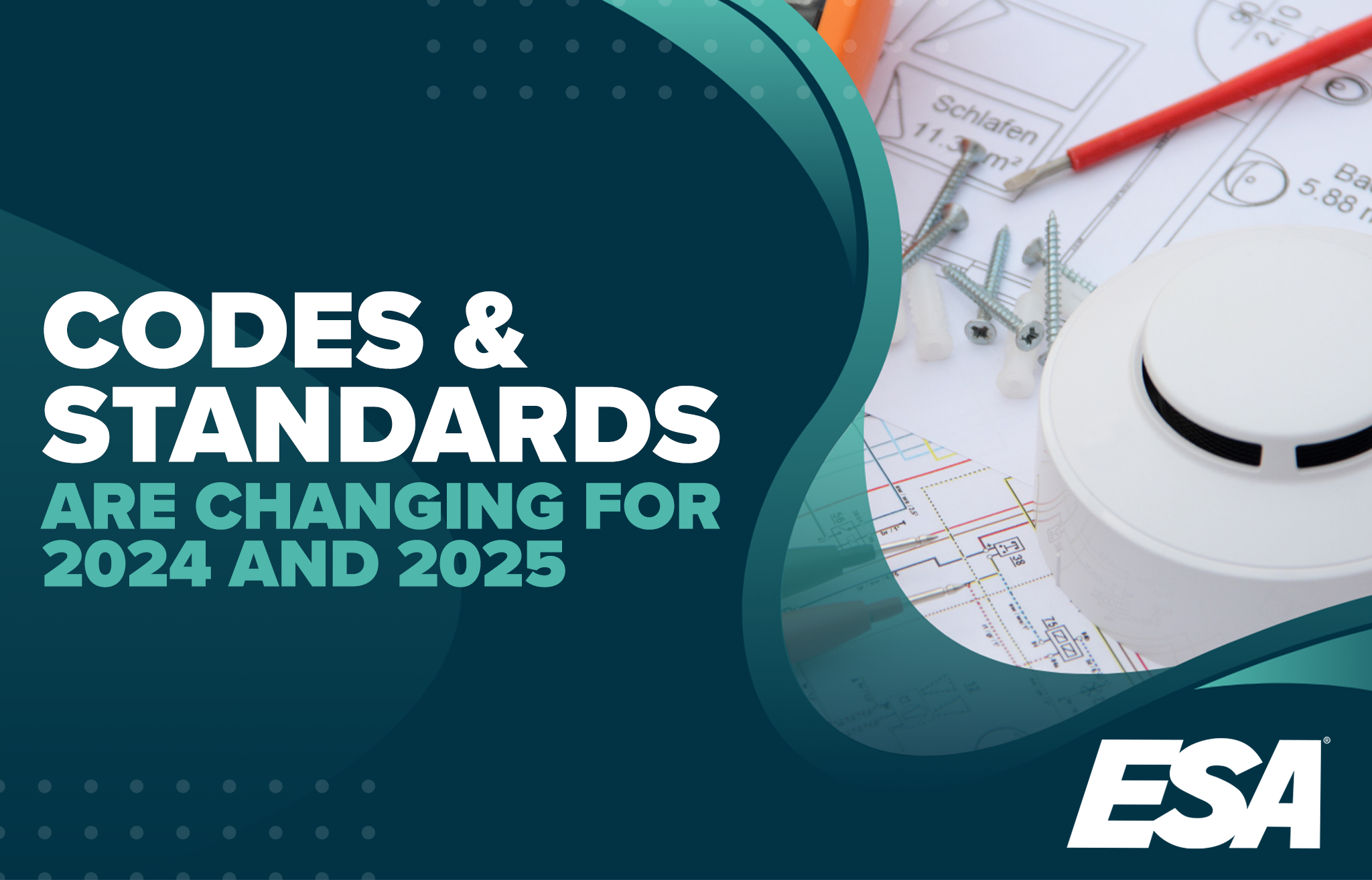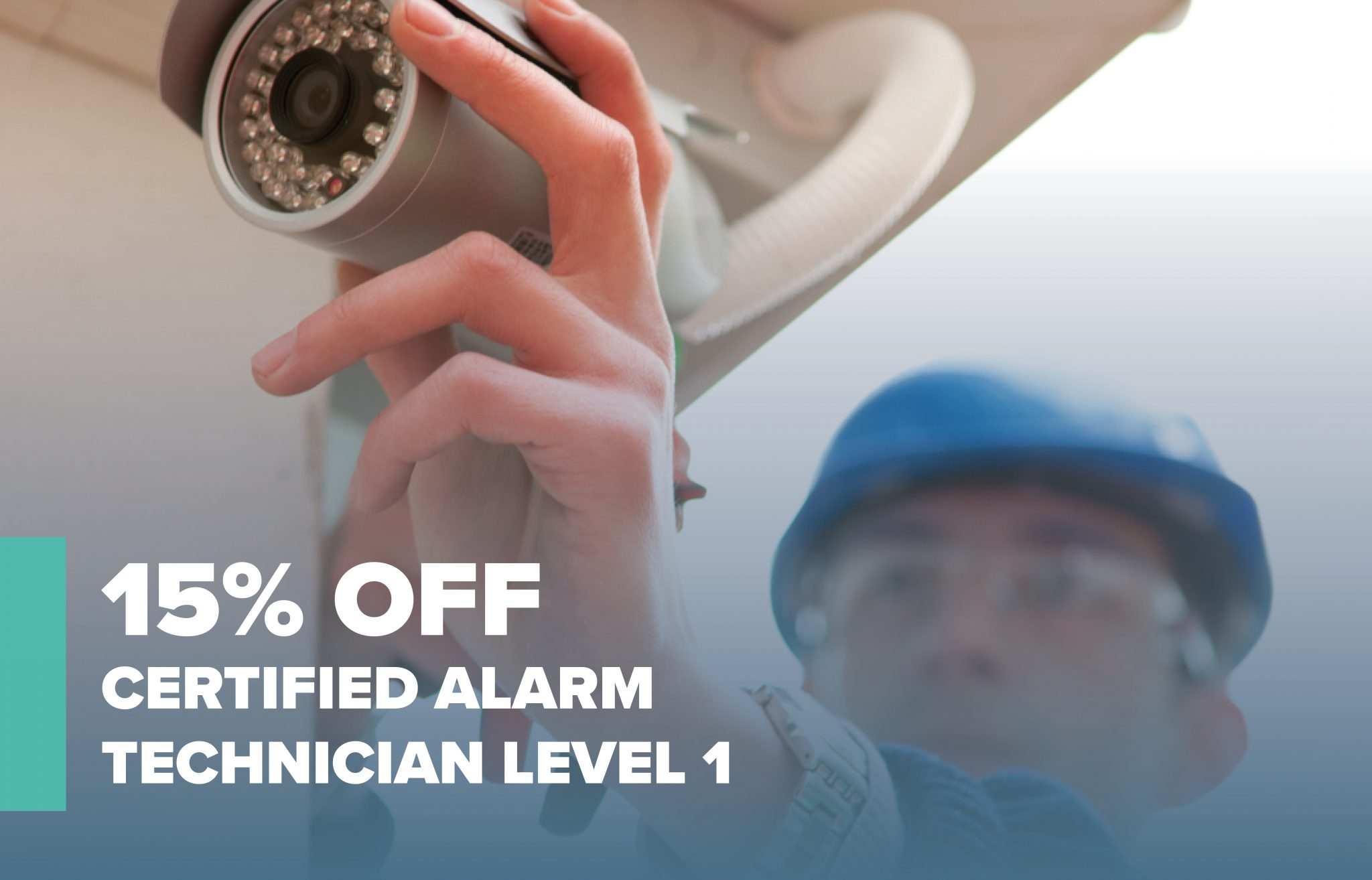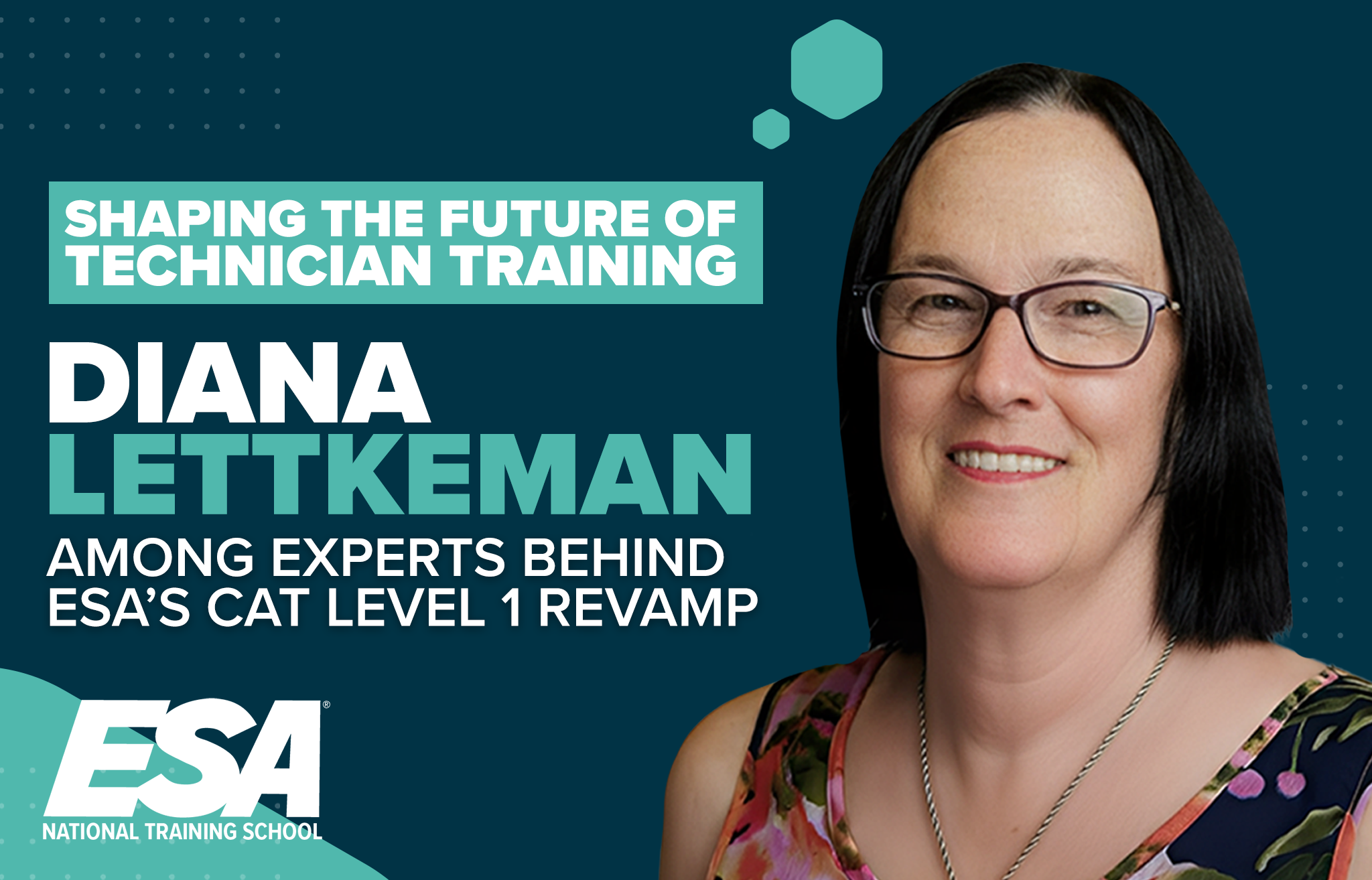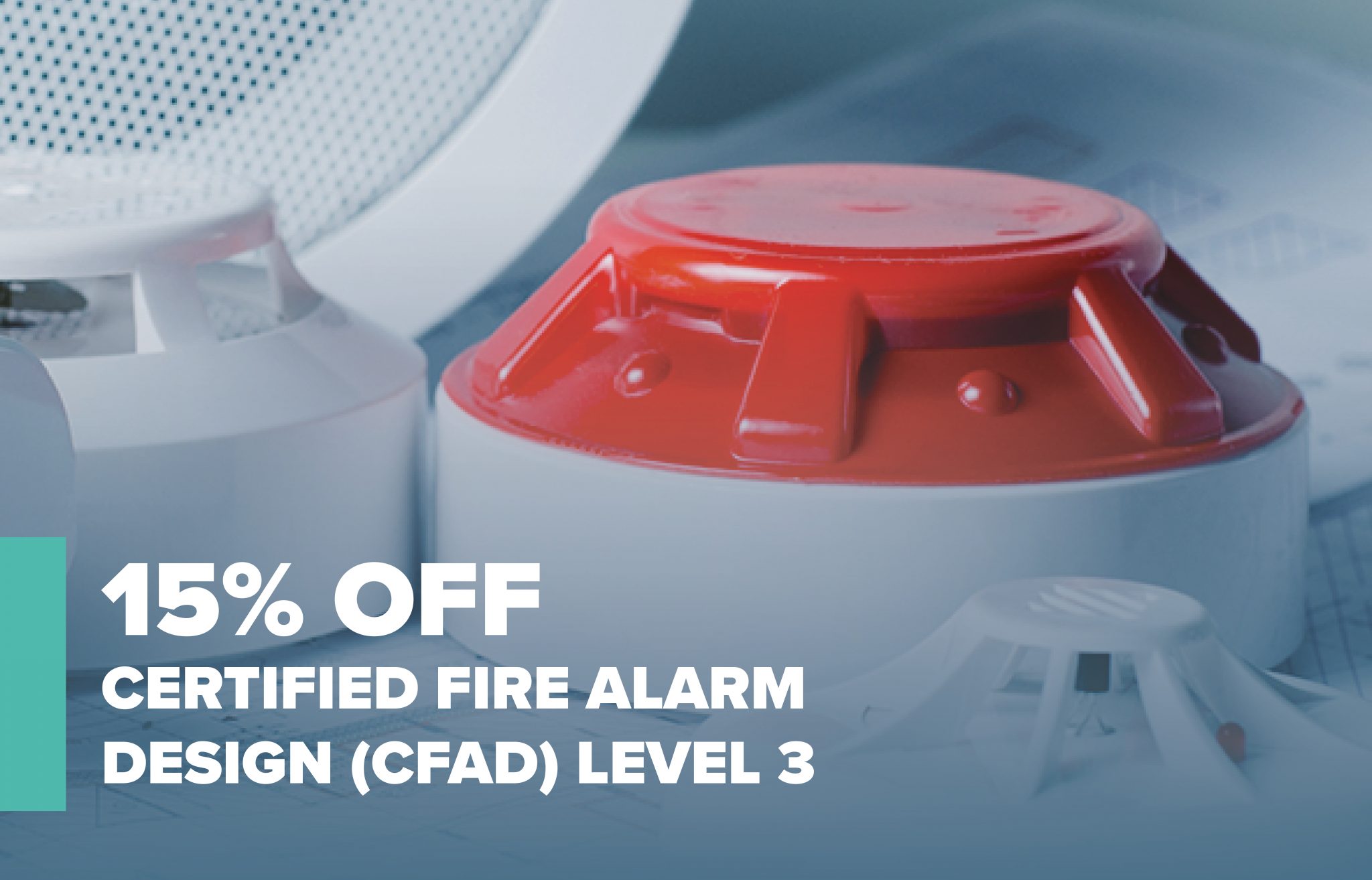
Codes and Standards Are Changing for 2024 and 2025
Codes and Standards Are Changing for 2024 and 2025
Dr. Rodger Reiswig, SET, PMSFPE
ESA’s Codes and Standards Committee has been actively reviewing and participating in the NFPA Code cycles for many documents. ESA continuously monitors 10 NFPA documents and has direct representation on over 20 NFPA technical committees. The committee meets regularly and reviews potential changes, discusses the impact on ESA’s membership, and as a committee, decides how the ESA representative needs to speak and ultimately vote on these changes.
The 2025 edition of NFPA 72 – The National Fire Alarm and Signaling Code – has just been released. There are several key changes worth noting for ESA.
Codes & Standards Changes
There have been requests for several years for the ability to lower the audible output decibel level. NFPA 72’s technical committees have reviewed these requests and added language in 2025 to help address the concerns. For example, NFPA 72 now includes a new “restricted audible mode operation (RAMO)” notification scheme that allows for lower sound pressure levels, provided properly trained staff onsite and able to respond. According to NFPA 72, “The intent of restricted audible mode operation (RAMO) is to be used for areas where loud sounds might be detrimental to typical occupants of the notification zones, such as early education classrooms or facilities that service people with autism spectrum disorder, other neurodiversity, or other conditions that might include sensitivity to noise, light, or other stimuli. The goal of RAMO is to ensure the effectiveness of the system signals for the notification zone without causing undue distress on the occupants.” The visual notification would remain the same as has been required in the past. A risk analysis is required to implement RAMO and the application would need to be submitted to the Authority Having Jurisdiction (AHJ) for approval.
Chapter 11 for Cybersecurity in NFPA 72 has been dramatically increased. As a result, cybersecurity is no longer required. If a fire alarm system does not have a network connection or has the ability to be uploaded remotely. For systems that do connect to a network, the requirements of Chapter 11, which has set cybersecurity levels, will be applicable.
11.3* Security Levels for Network Connectable Equipment.
All interfaces used to communicate with network-connectable equipment shall be protected in accordance with the following:
SL1 – For non-internet-protocol wired interfaces.
SL2 – For non-internet-protocol wireless interfaces, or internet protocol wired and wireless interfaces that do not connect to publicly accessible networks.
SL3 – For internet protocol wired or wireless interfaces that connect to publicly accessible networks.
NFPA 72 has listed several ways to become certified or listed to meet the intent of the security levels shown.
The cybersecurity information included not only pertains to the equipment used but also how it is installed, how updates are to be applied, etc. Bad actors may not want to use a software connection to a fire alarm system to activate or silence a system but may use the connection to infiltrate the other systems the customer may have. With the threats of bad actors exploiting vulnerabilities in any connected system, it may be advisable to not connect a system to the outside network unless necessary.
In terms of inspection and testing, a subtle change has been made to the table for 14.3.3.2(17)(7)(a) smoke detectors when performing a functional test. For many decades, NFPA 72 has had a footnote stating that magnets cannot be used to perform a functional test of smoke detectors. Many have overlooked the footnote and have been using magnets for testing the smoke detectors. During the 2025 cycle, NFPA 72 has added language within the table to specify that state magnets are not allowed to be used. “Test smoke detectors in place to ensure smoke entry into the sensing chamber and an alarm response. Use smoke or a listed and labeled product acceptable to the manufacturer or in accordance with their published instructions. Other methods listed in the manufacturer’s published instructions that ensure smoke entry from the protected area, through the vents, or into the sensing chamber can be used. Magnets are not acceptable for smoke entry tests.”Codes and Standards Are Changing for 2024 and 2025








